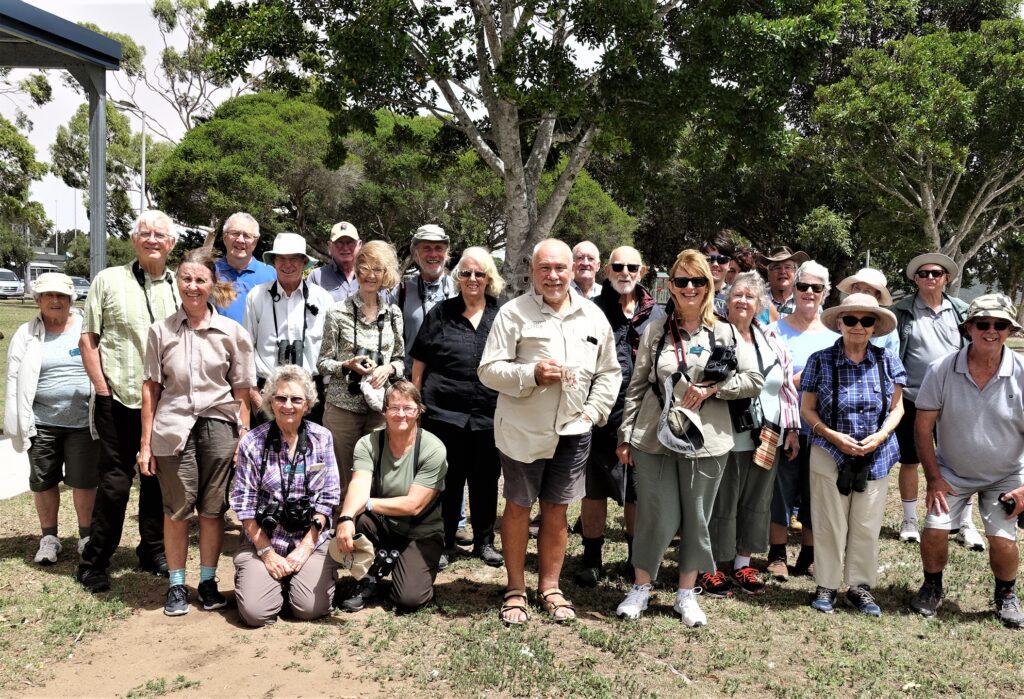Birding NSW is a bird watching club based in Sydney, with a branch on the Central Coast. Our members come from a wide range of backgrounds and have widely different levels of knowledge about birds, from beginners to expert ornithologists. There are also many keen bird photographers among our number. See About Us.

Club Objectives
- To encourage bird watching as a leisure activity
- To promote the study and conservation of Australian Birds and their habitat.
- To publish materials that the Club may consider desirable for the promotion of its objectives
New Members are warmly welcomed. See Membership.
Club Activities
Guided field outings held on weekends and midweek in the Greater Sydney and Central Coast areas and longer trips to rural destinations in NSW provide a total of over 70 activities each year in a variety of good birding habitats. See Activities.
Conservation projects and participation in surveys, both those organised by the Club, and those run by other birding groups, extend the range of birding opportunities. See Conservation
The Sydney and the Central Coast Group hold their own monthly meetings, offering members a chance to get together locally and listen to a speaker discussing bird behaviour or conservation, usually with the help of wonderful audio-visuals.
Club Communications
Since its beginnings in 1970, the Club has considered good communication with members an essential part of its responsibilities. Currently it keeps in touch in several ways.
- A bimonthly newsletter is available to all members, either online by access through a members-only link, or by post.
- The Central Coast Group newsletter, Twitcher, is issued each month either as a paper copy at their monthly meeting or by email.
- Facebook pages are maintained by Birding NSW to share information on Club activities, sightings and photos of the birds of NSW and the ACT and by the Central Coast for members and visitors to the area.
Contacting Birding NSW.
General information: info@birdingnsw.org.au
Membership: membership@birdingnsw.org.au
Activities: activities@birdingnsw.org.au
Newsletter: ibails@bigpond.net.au







